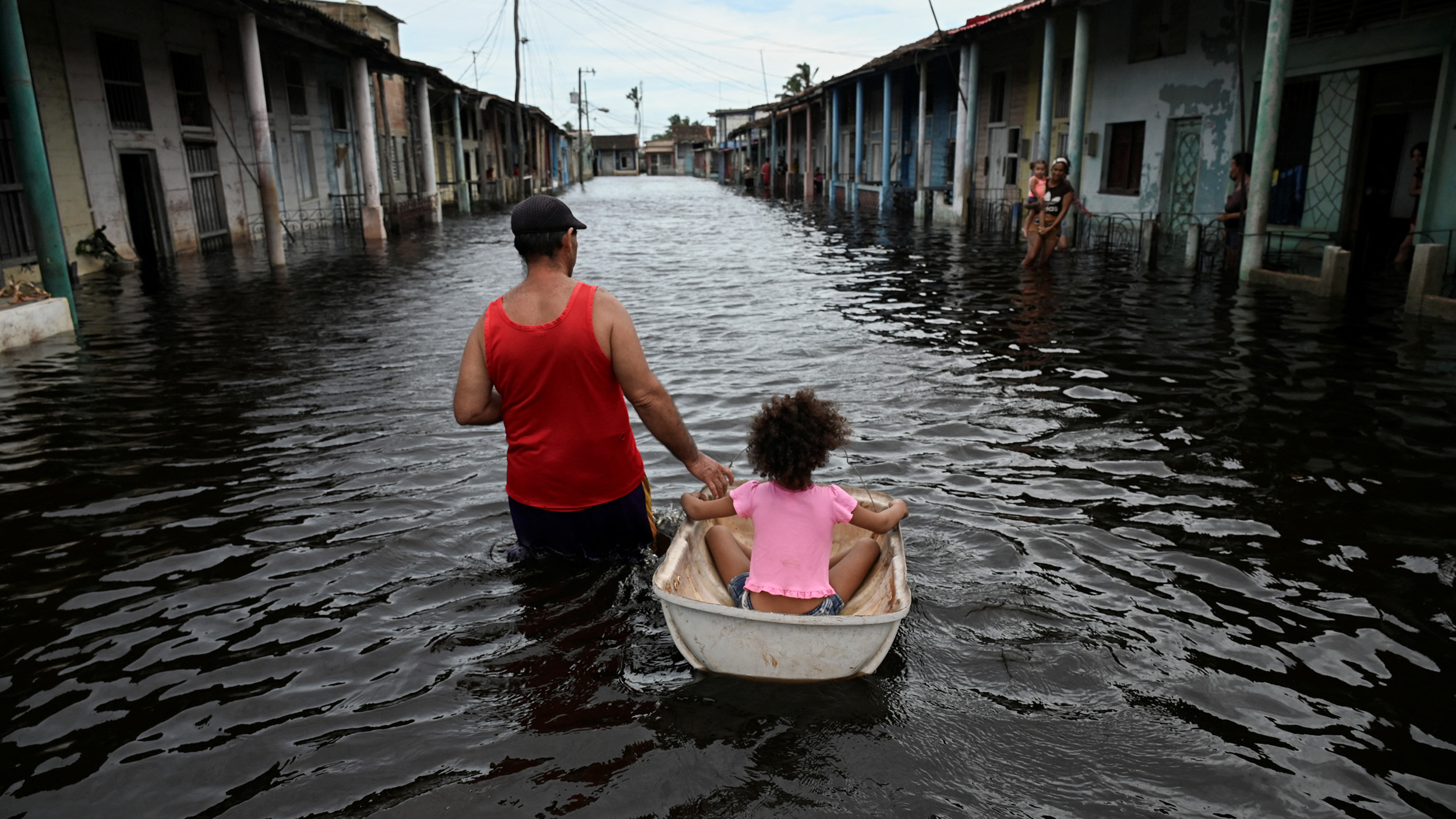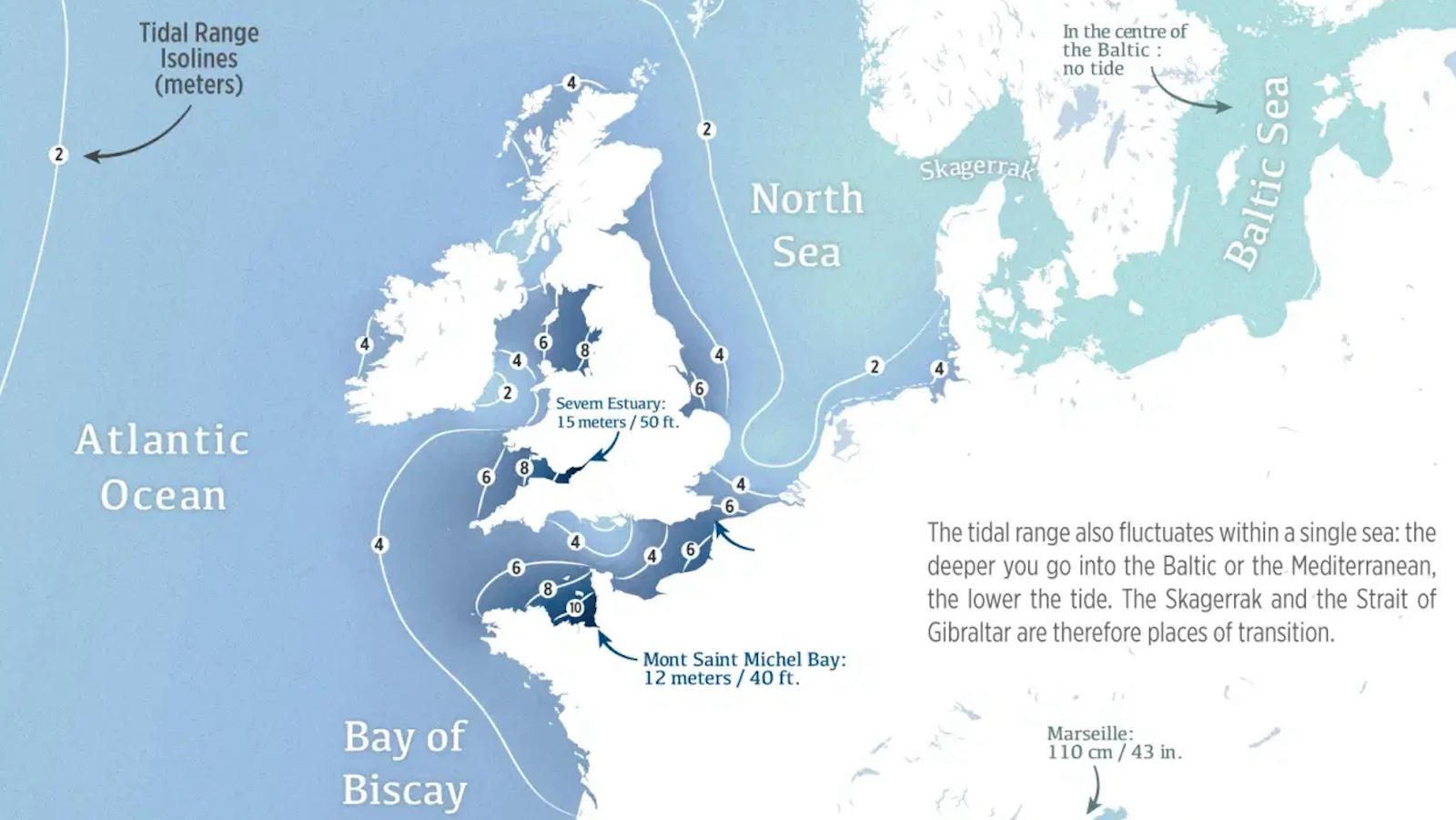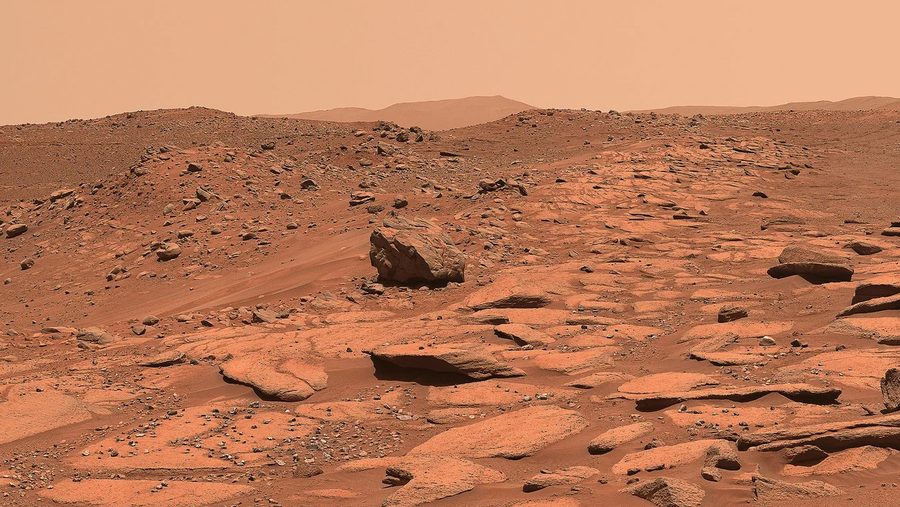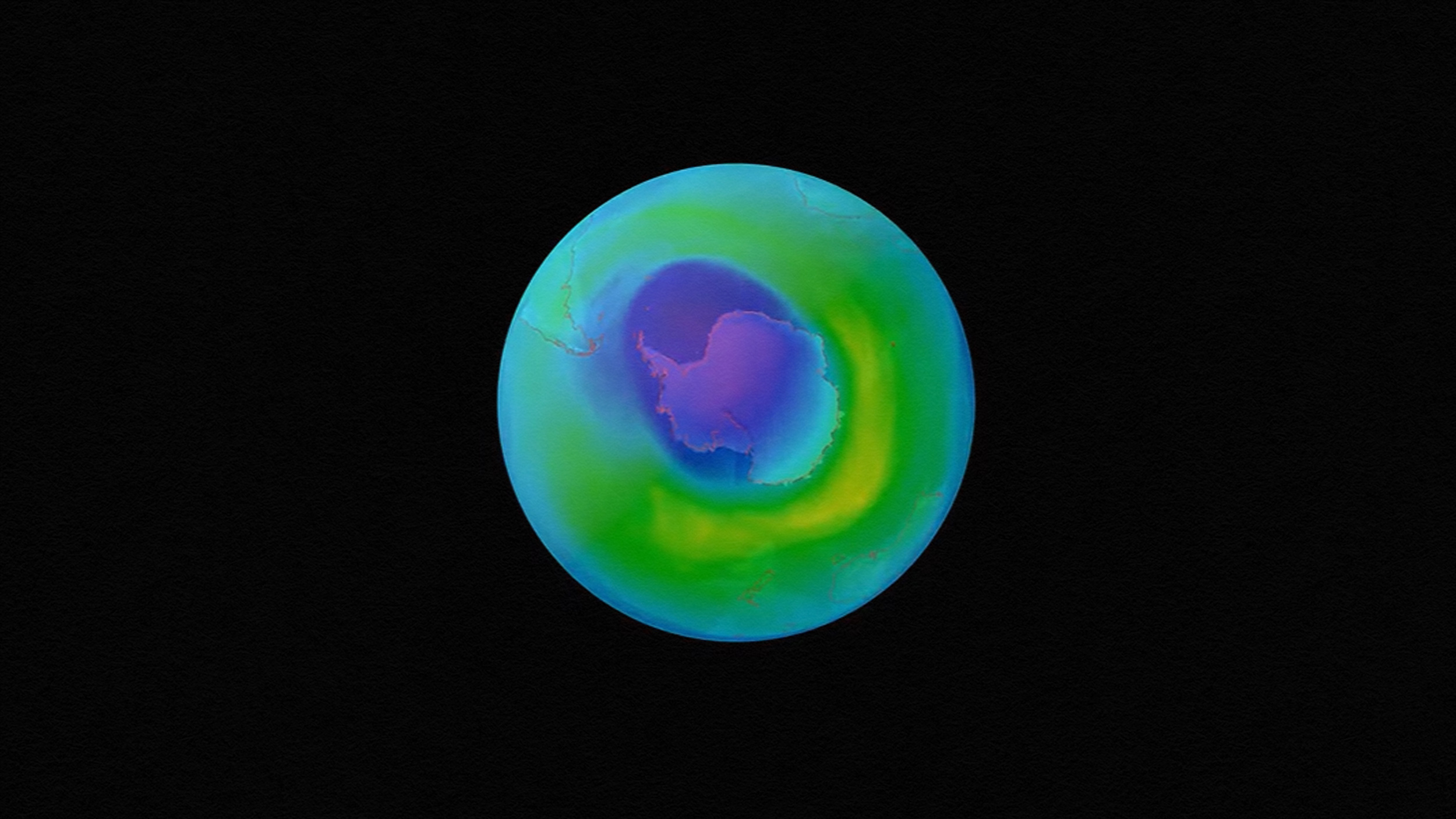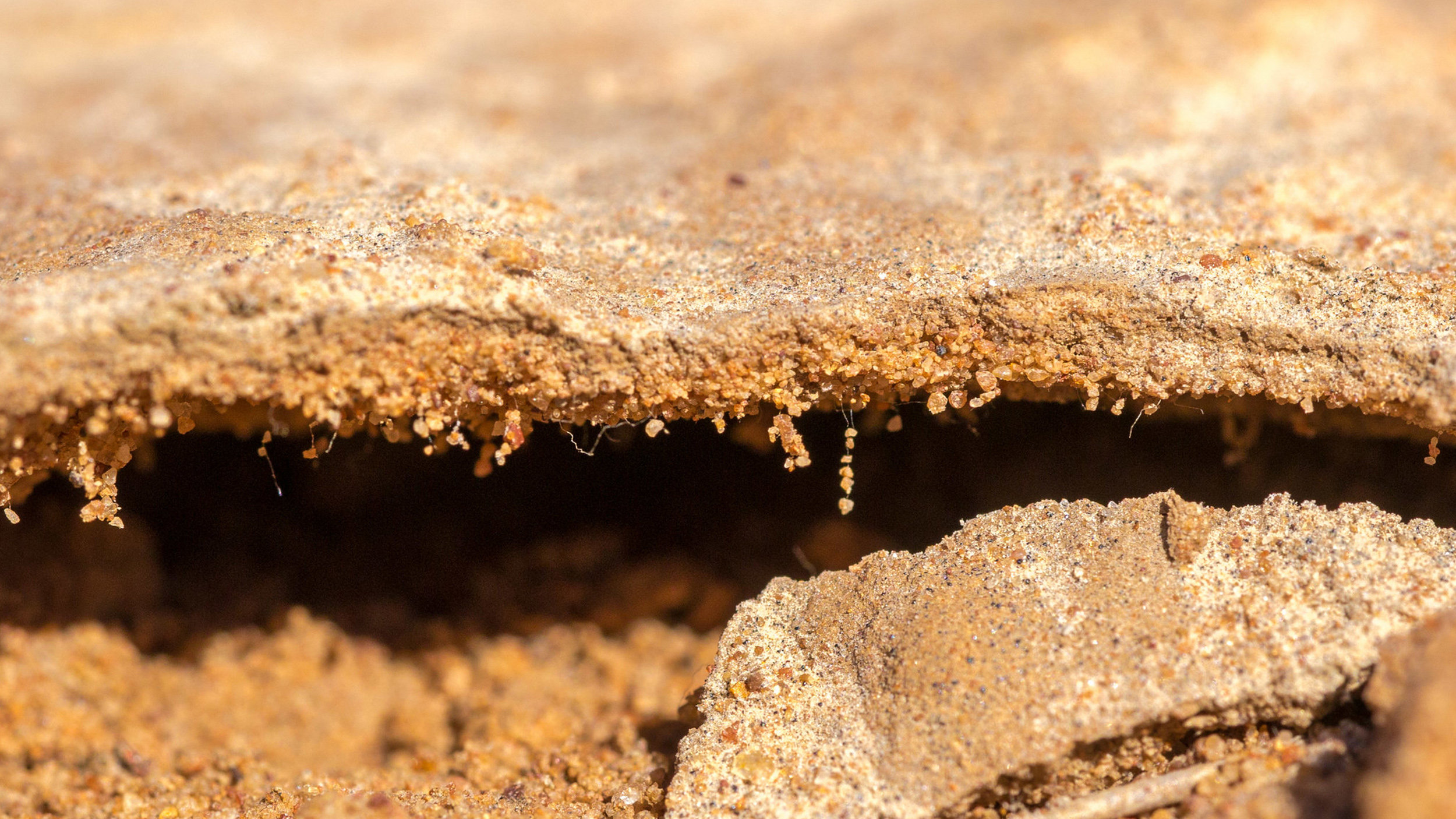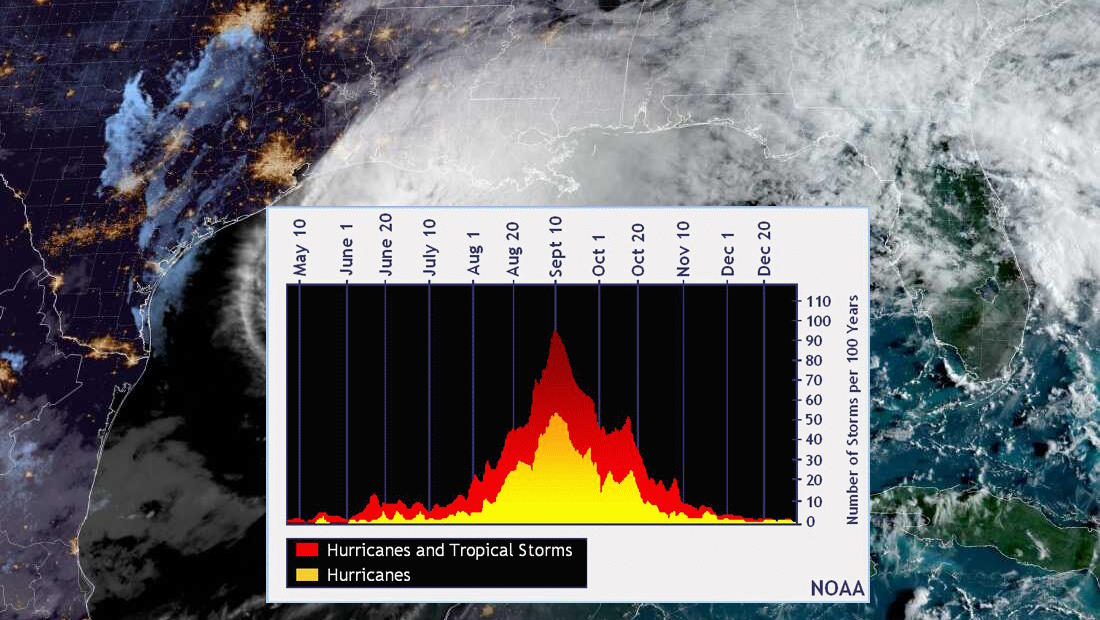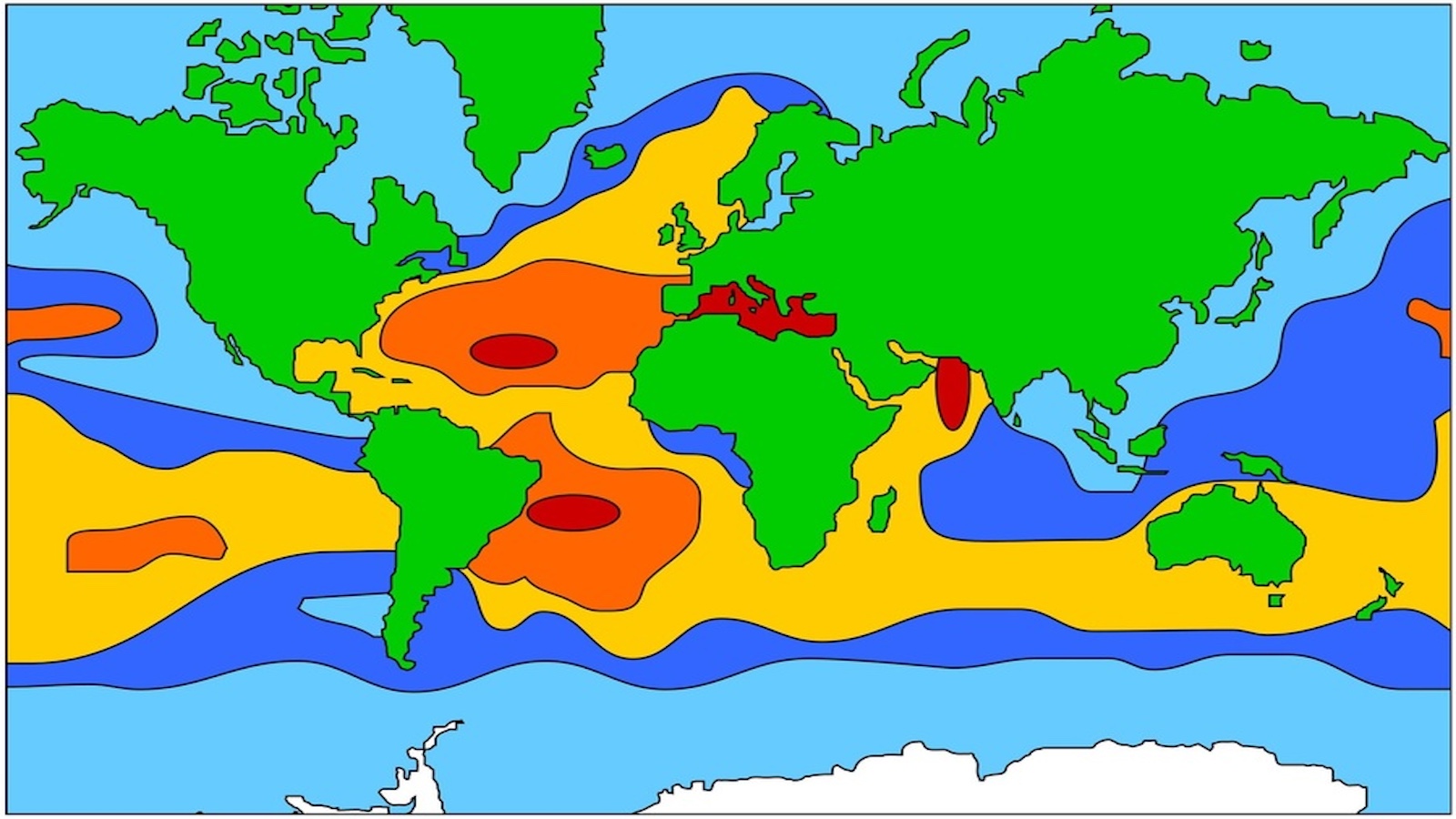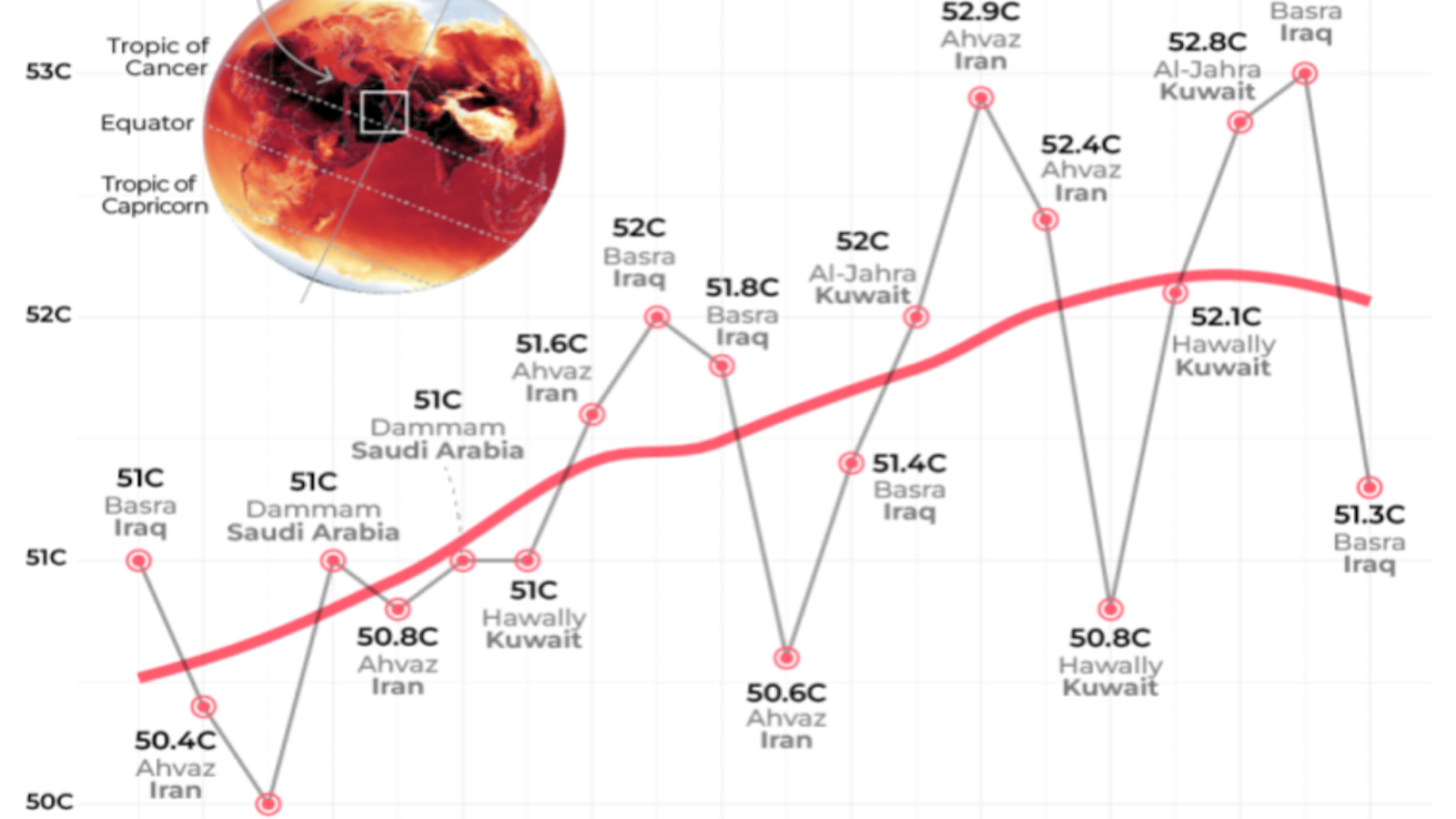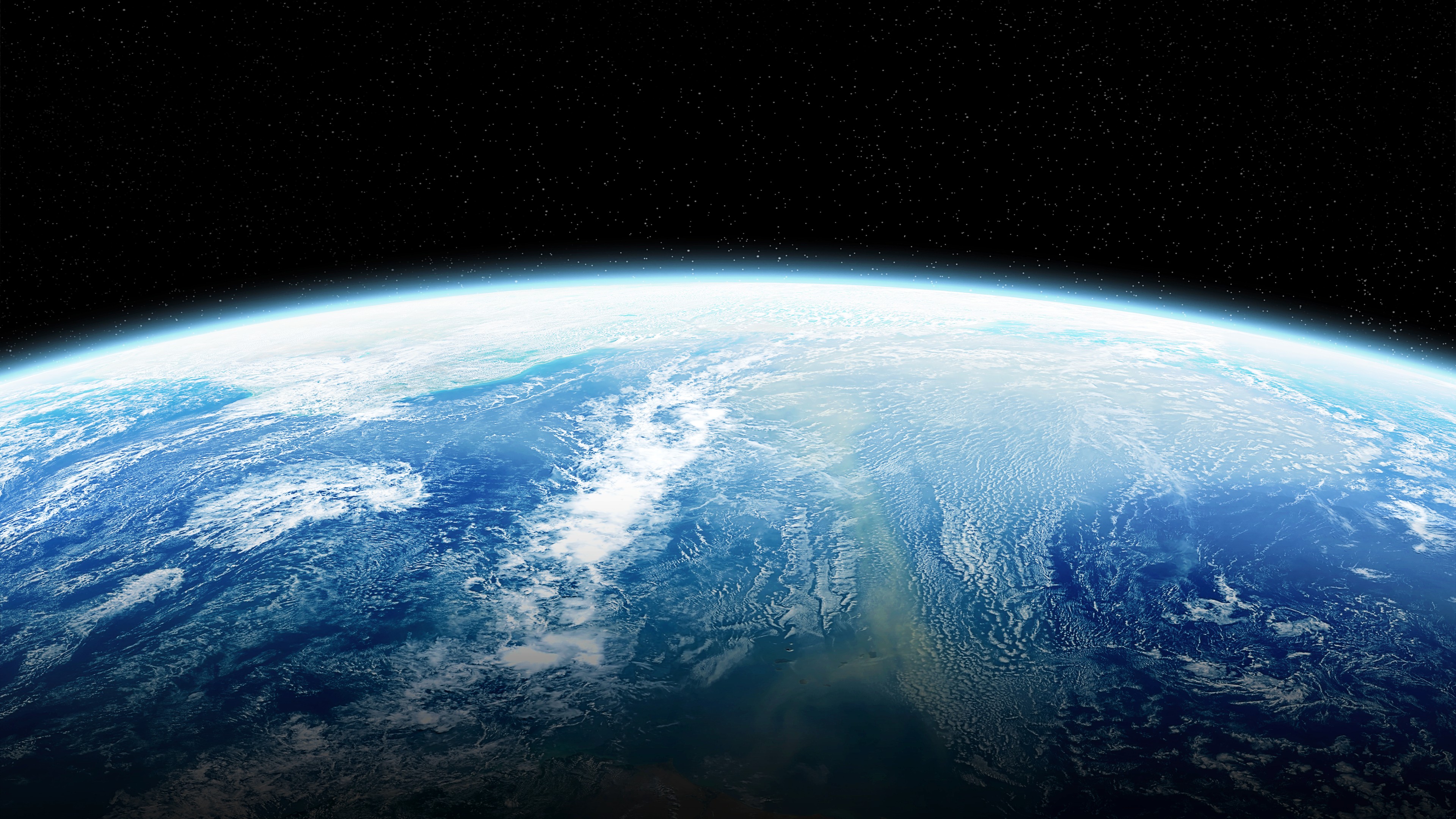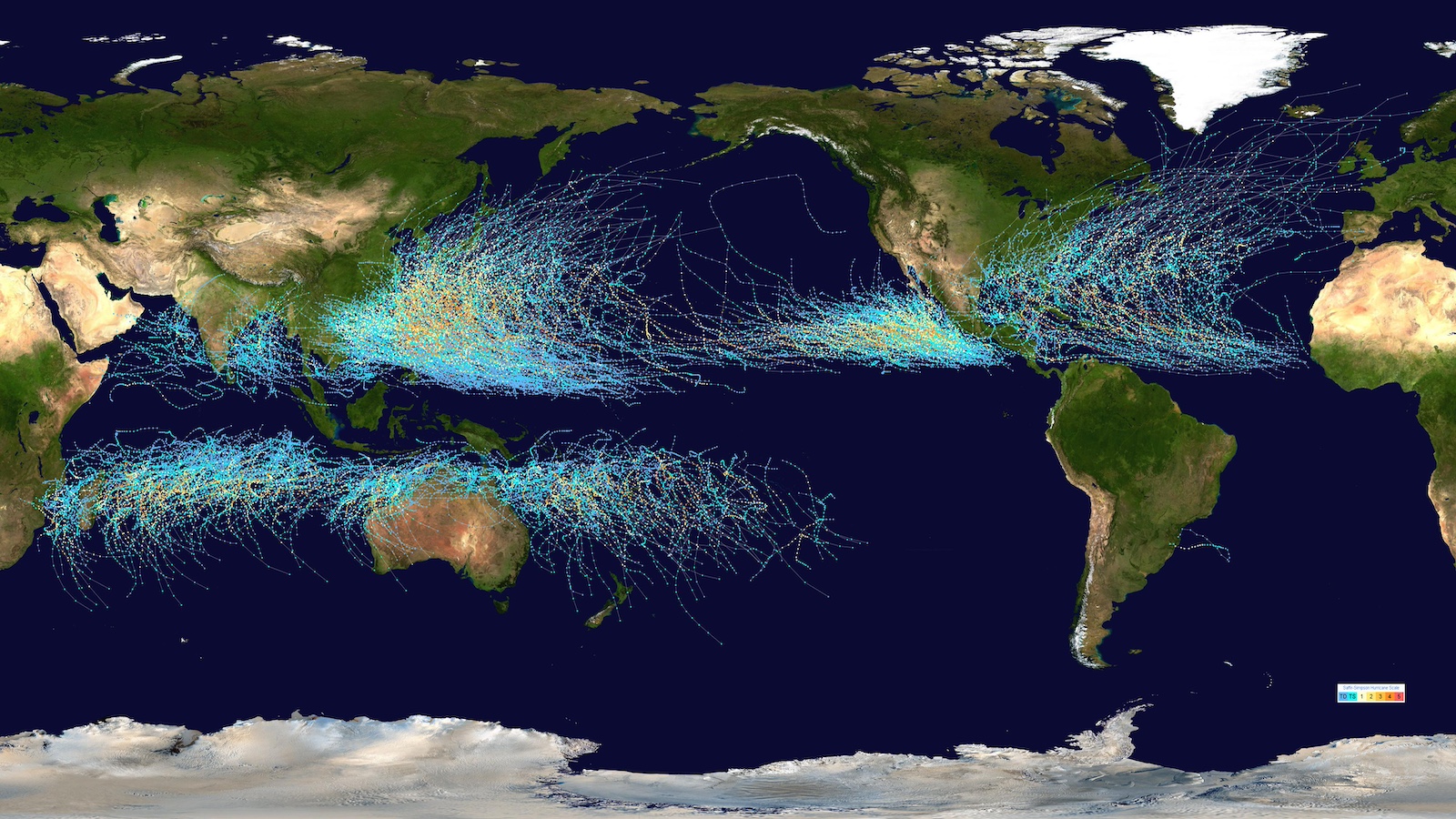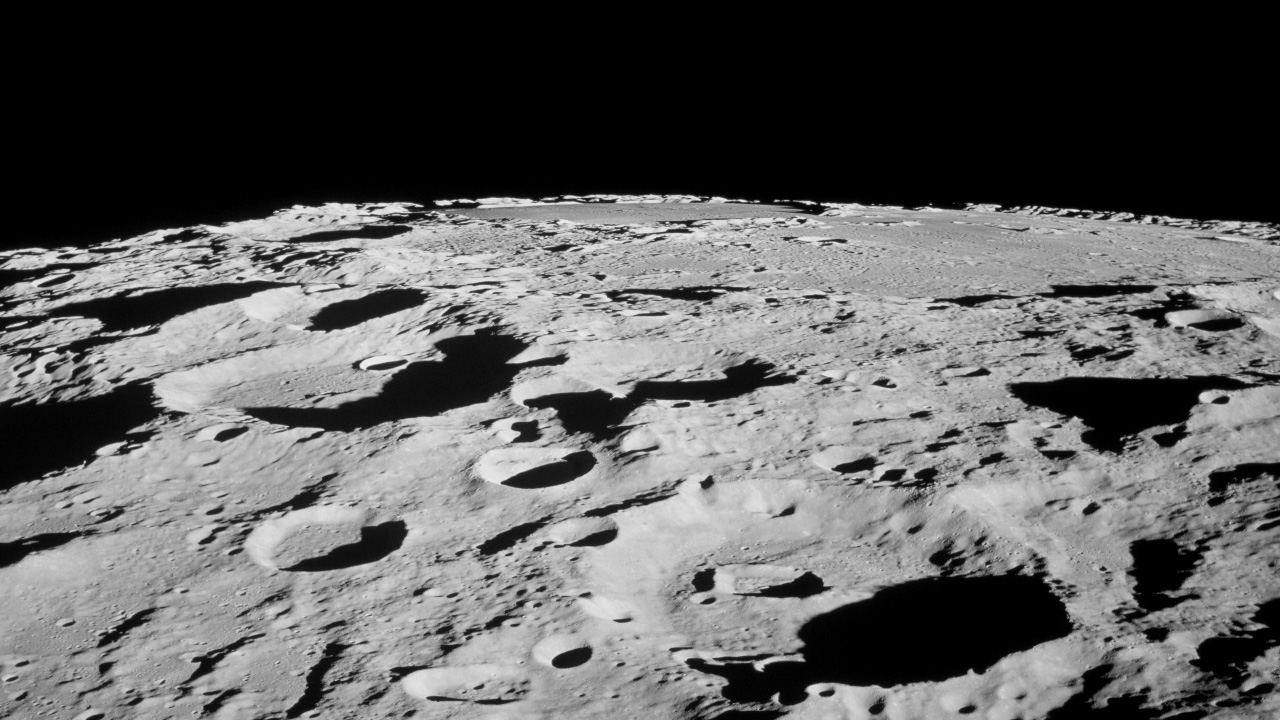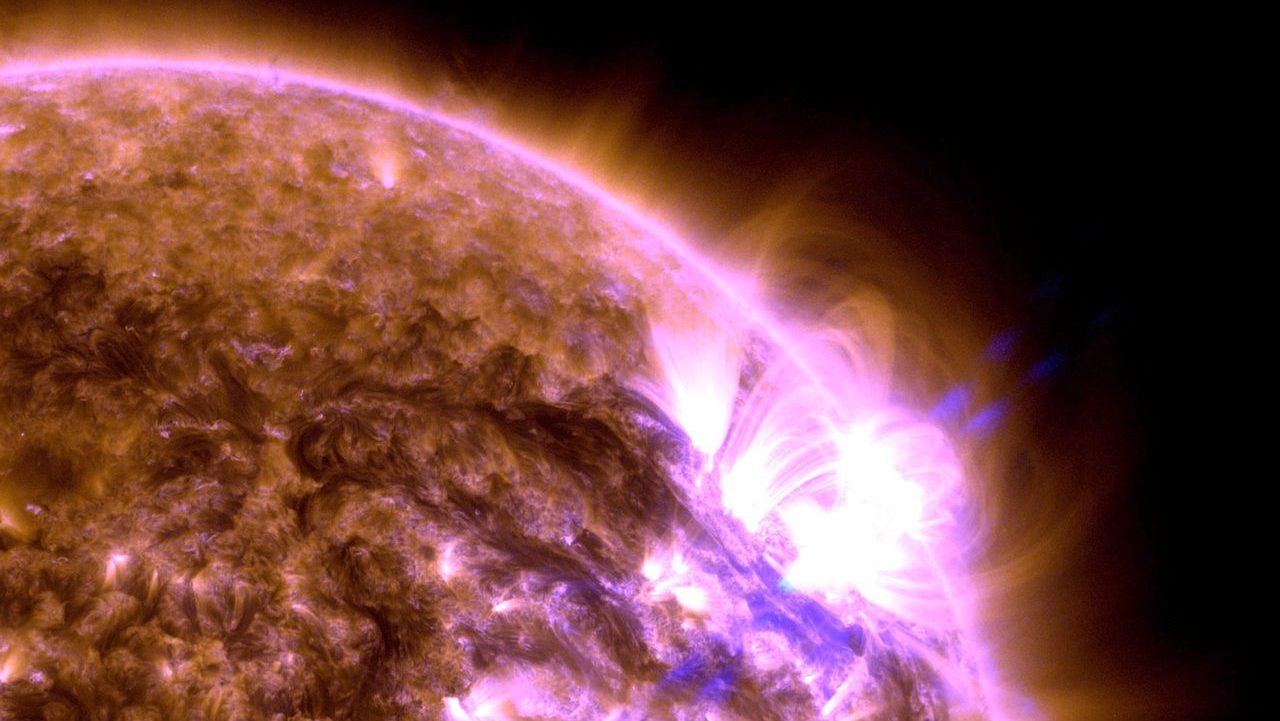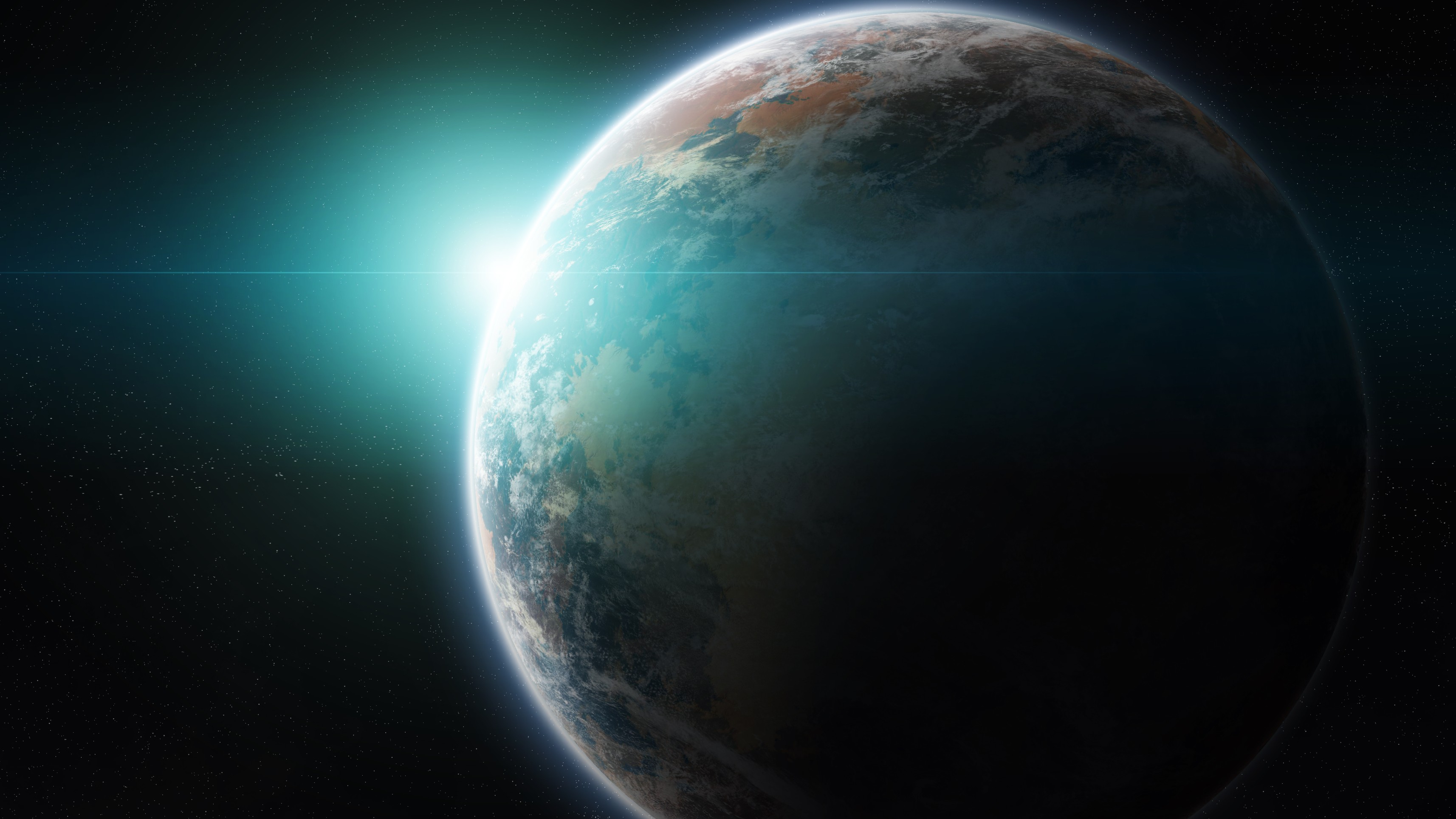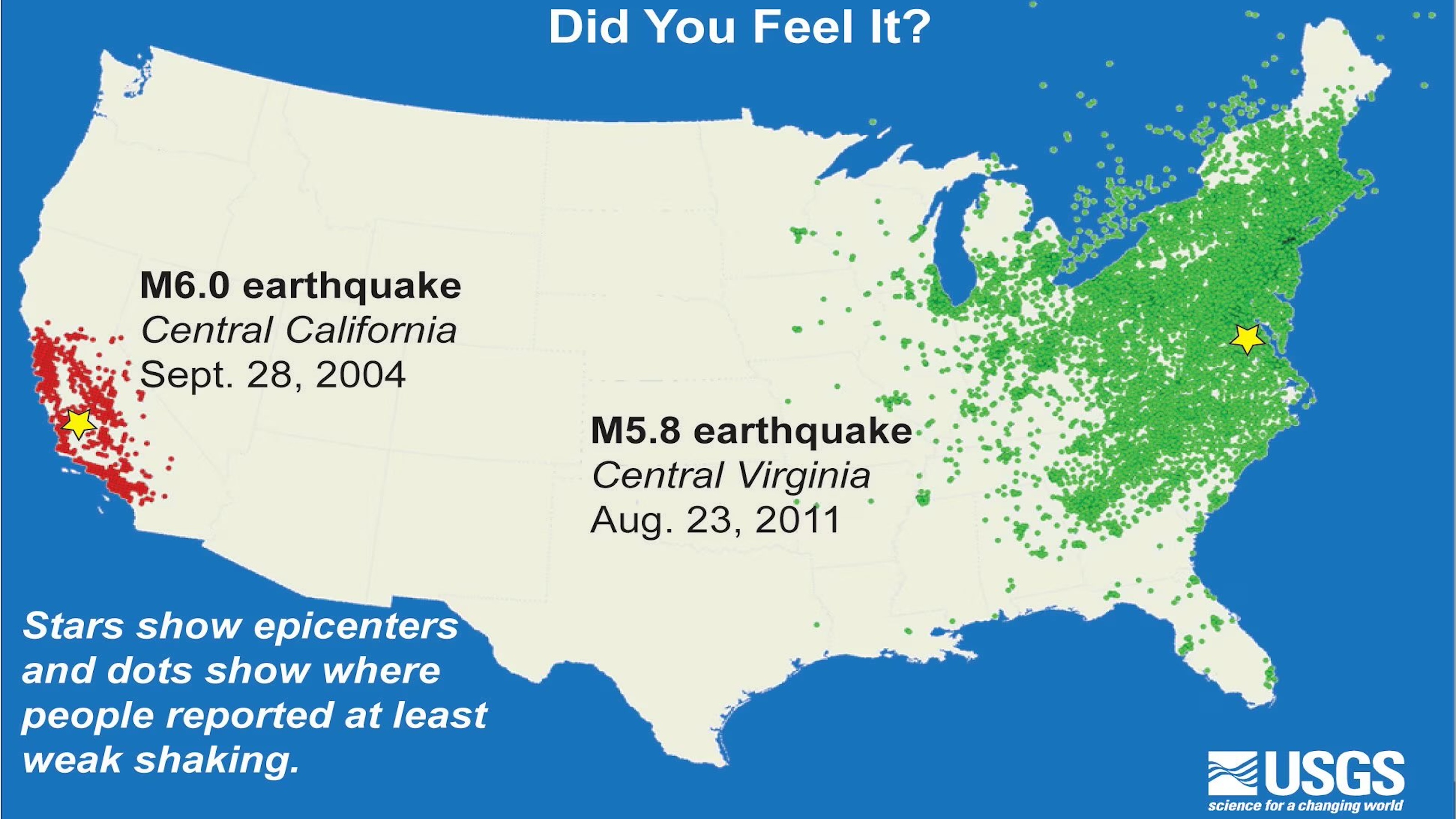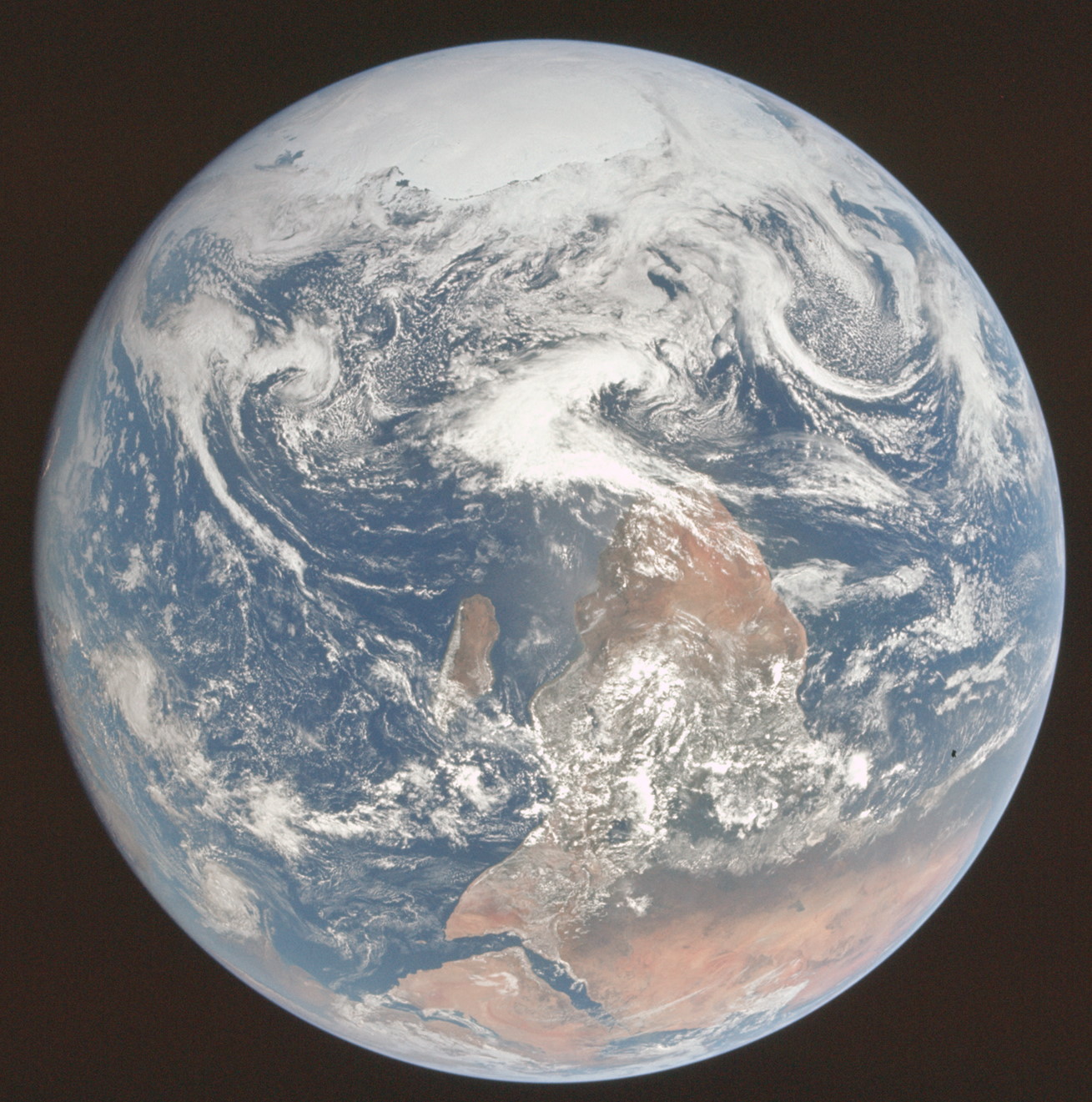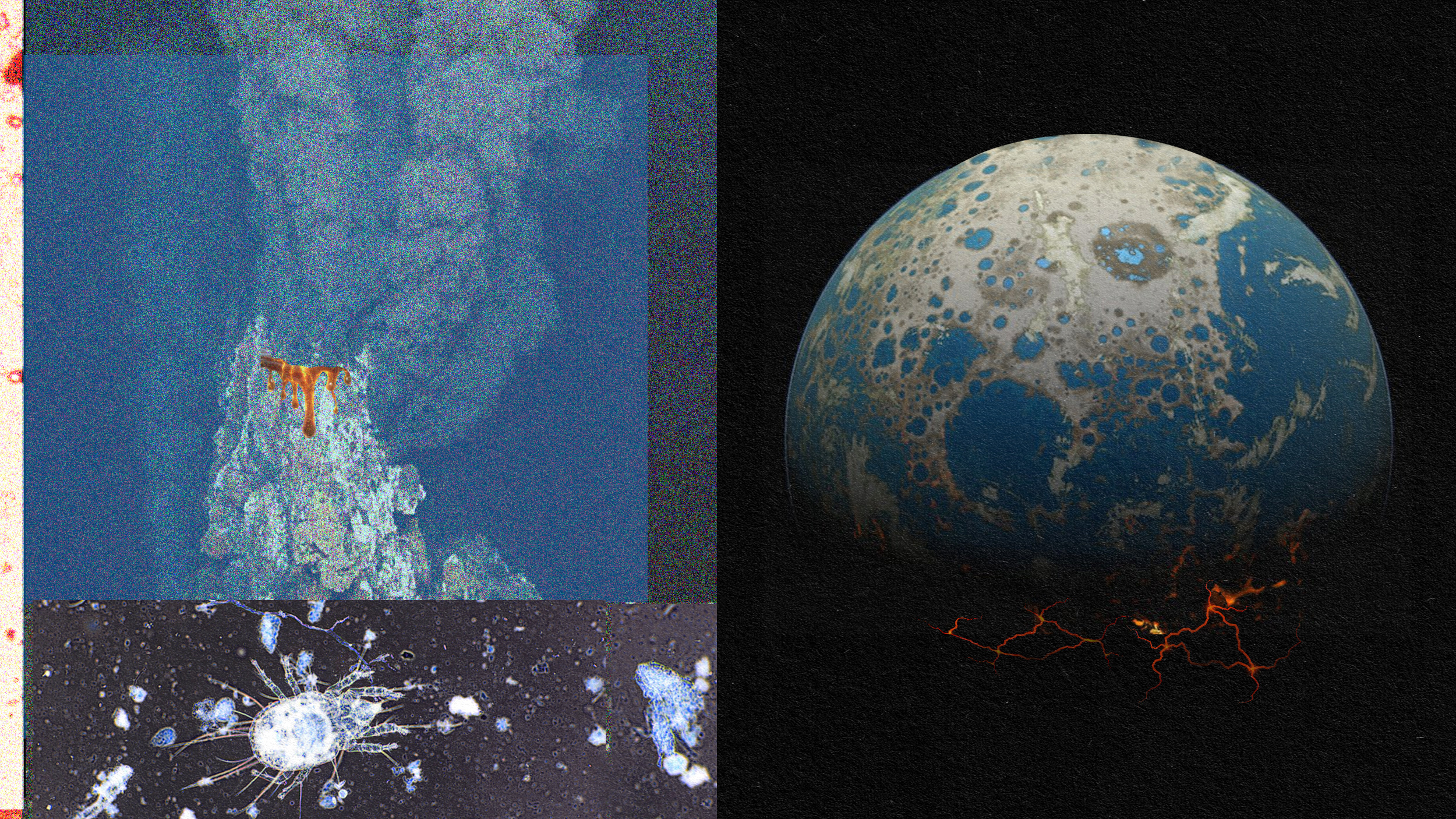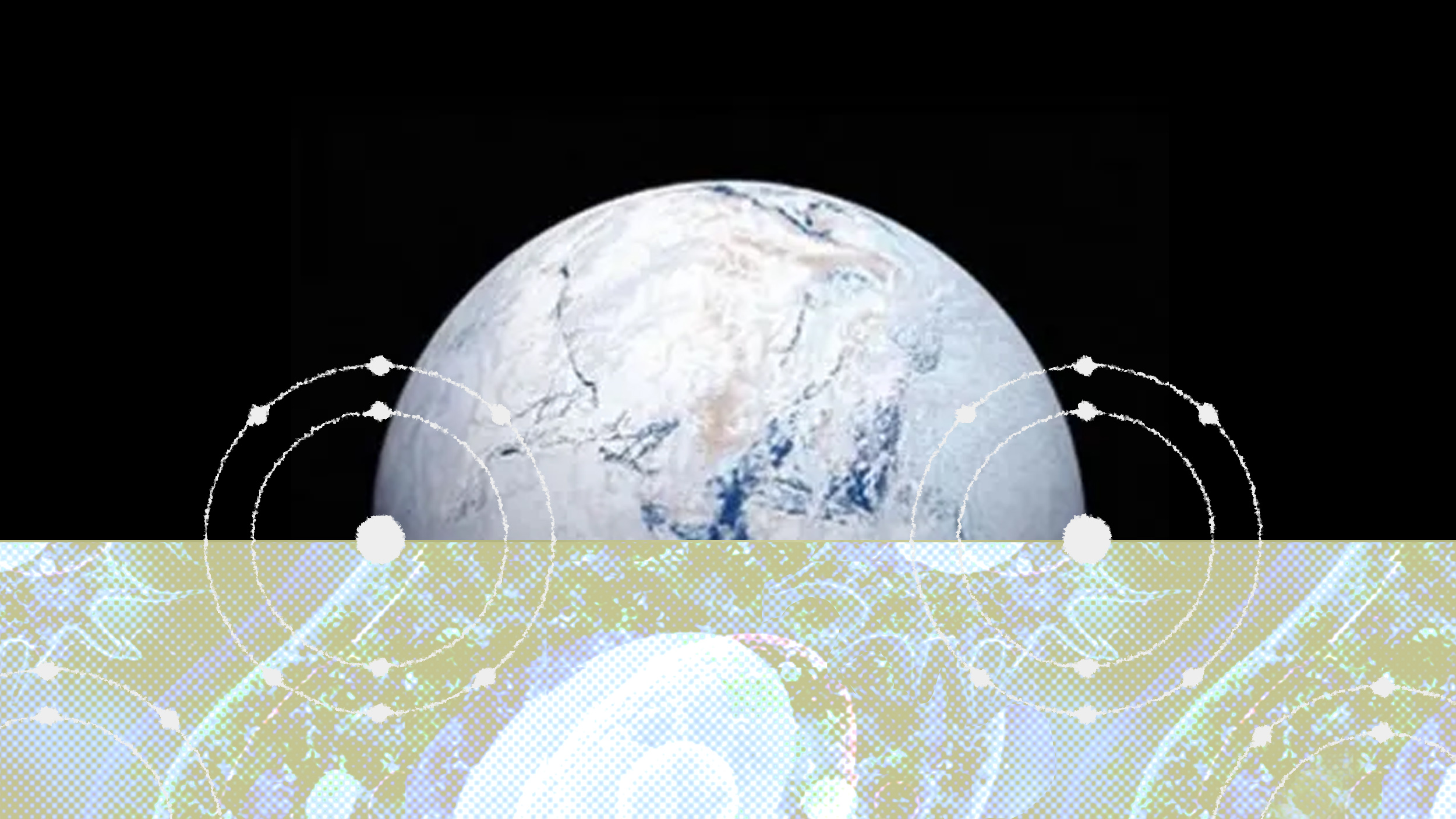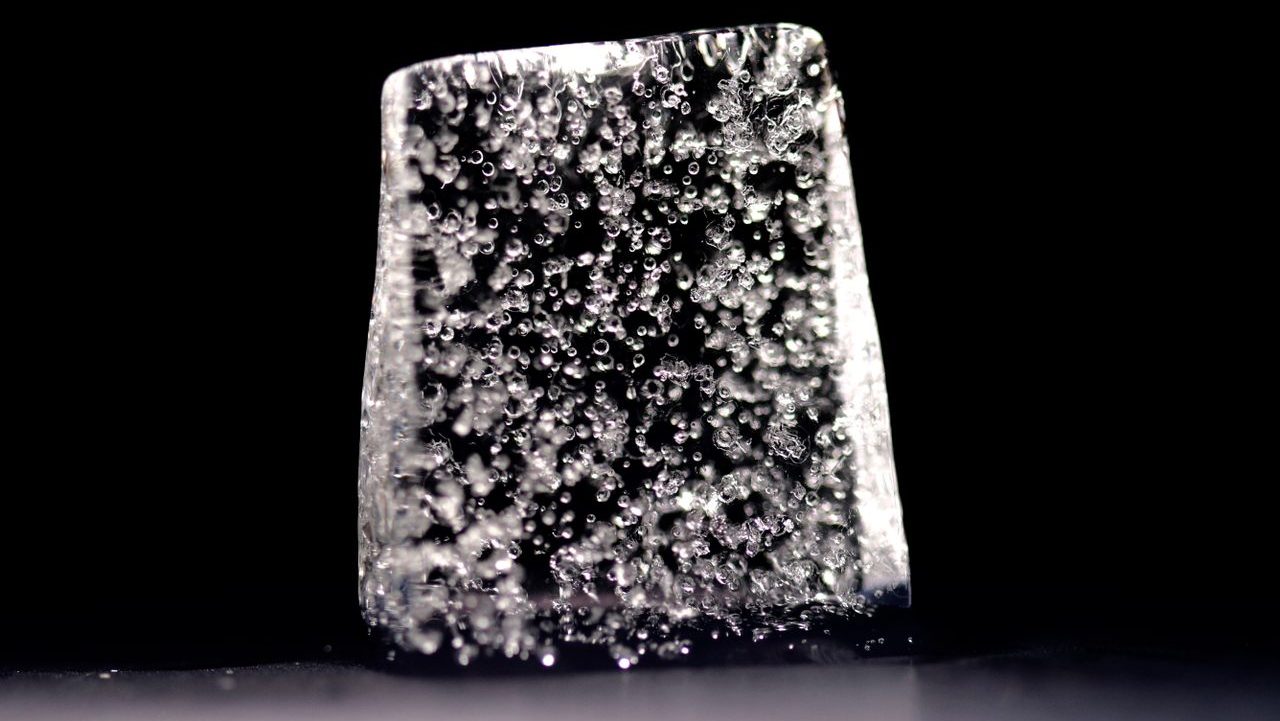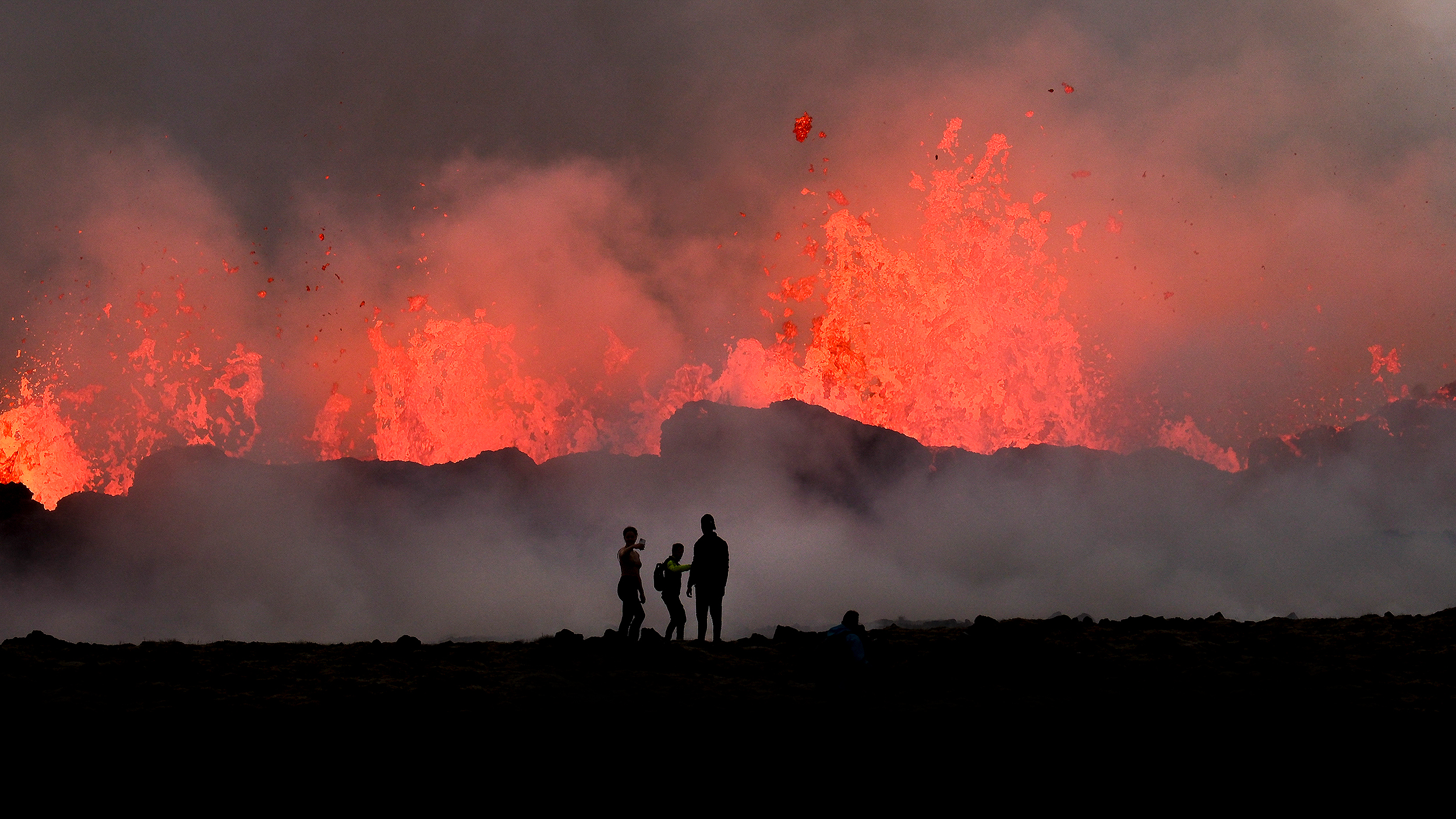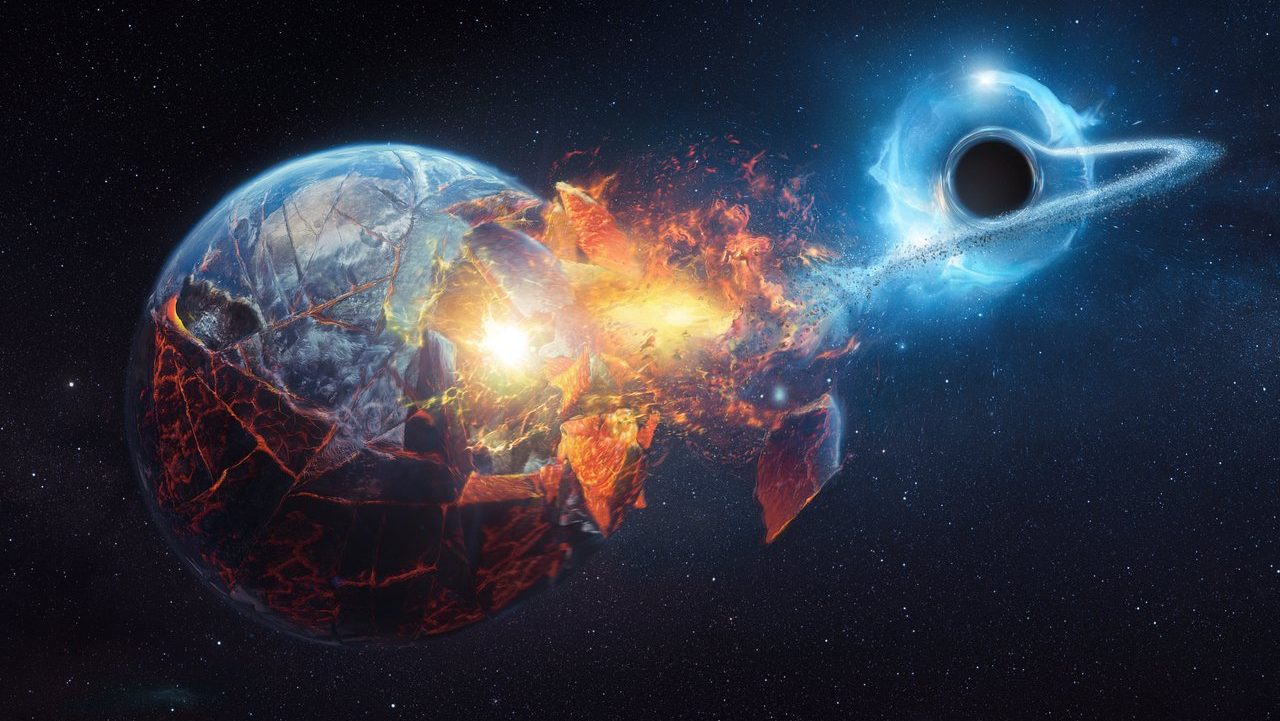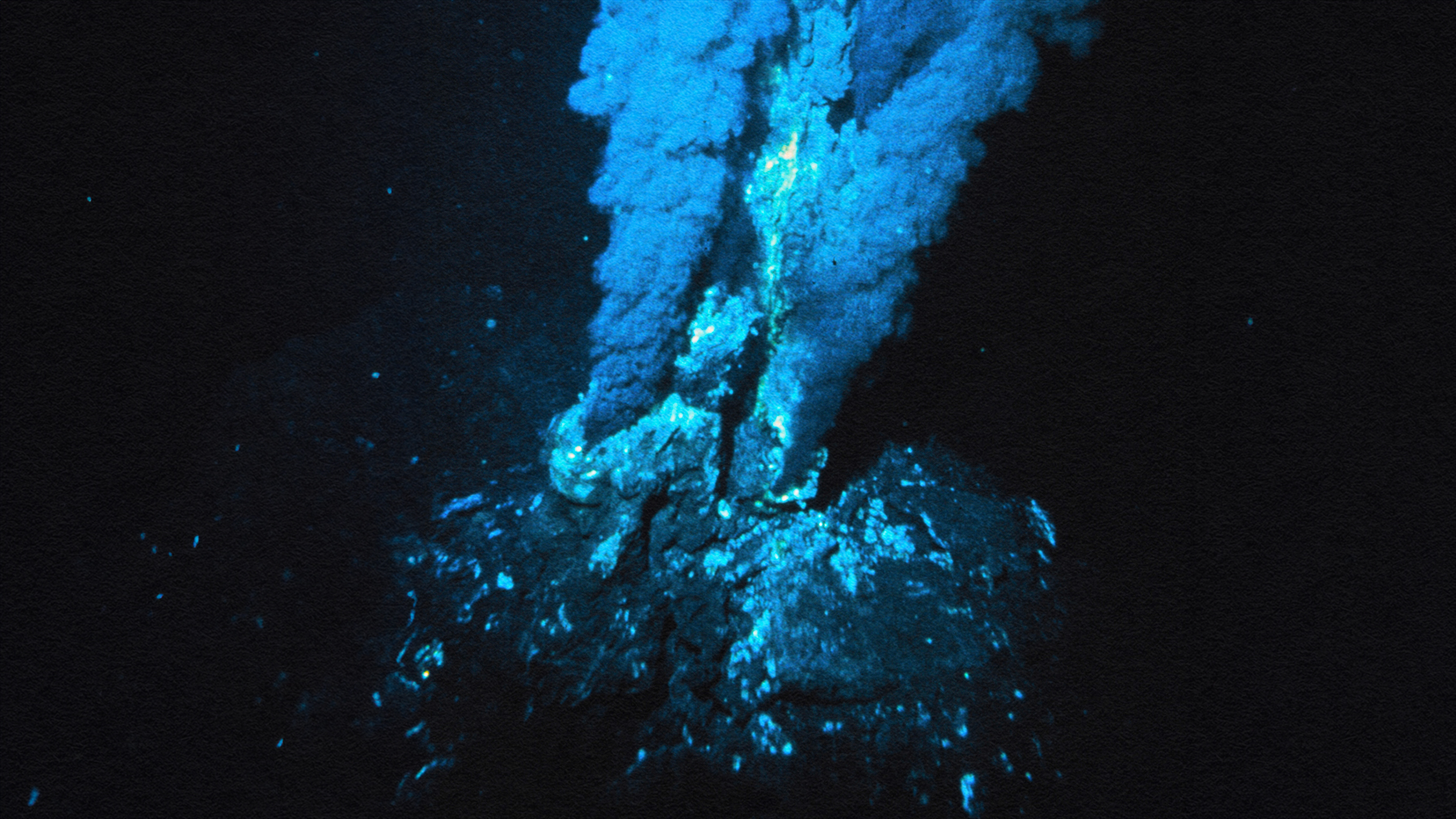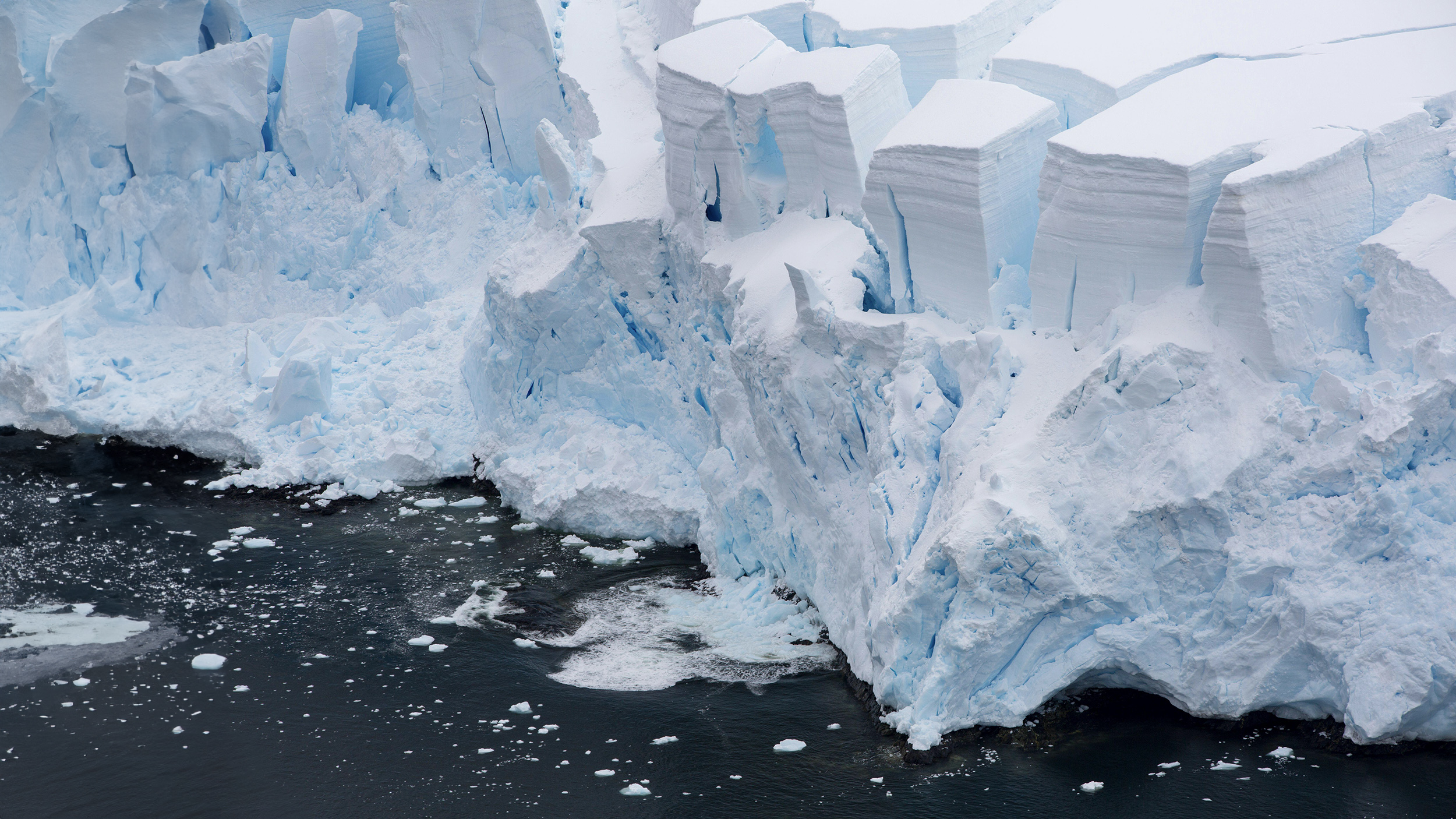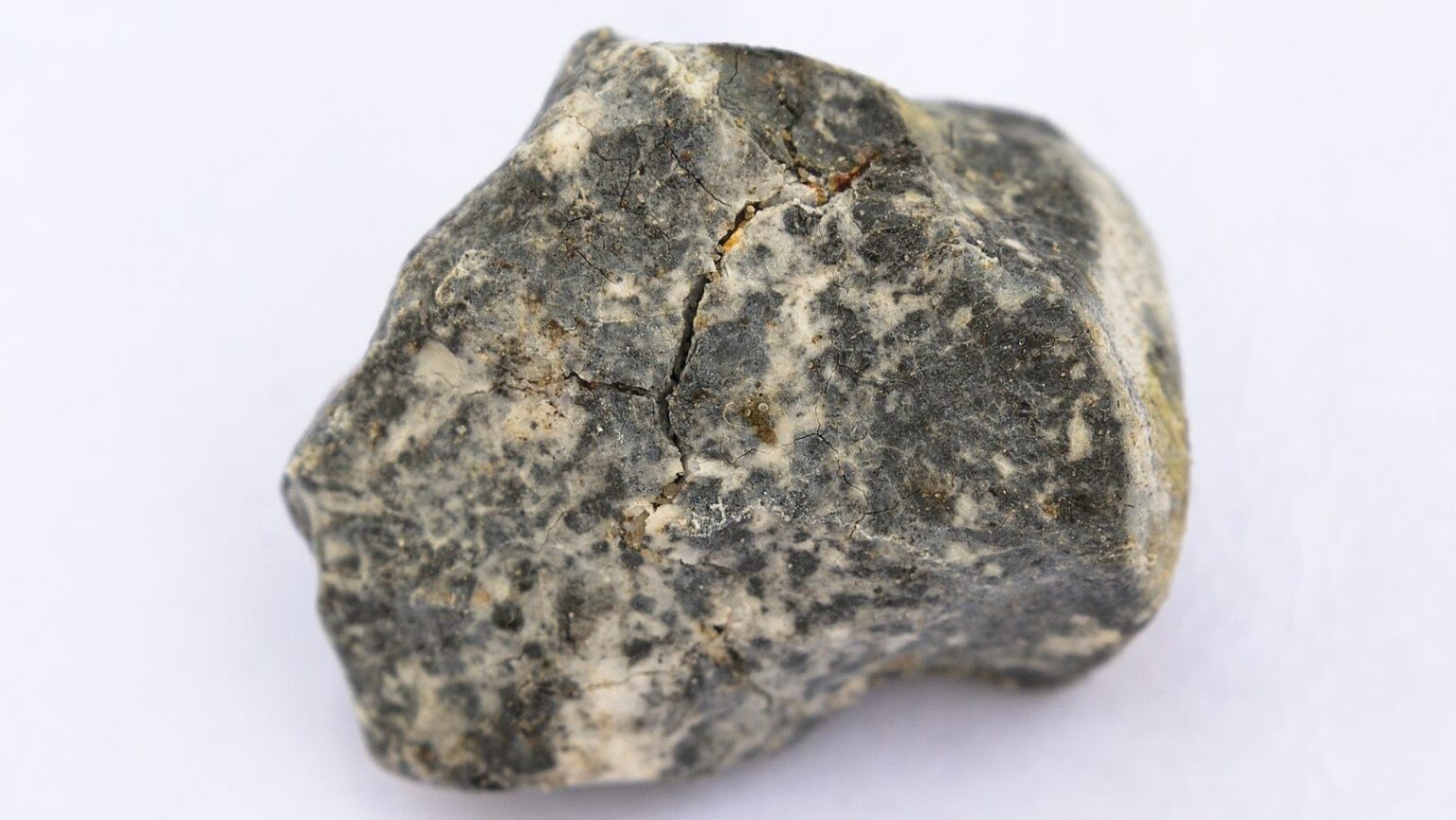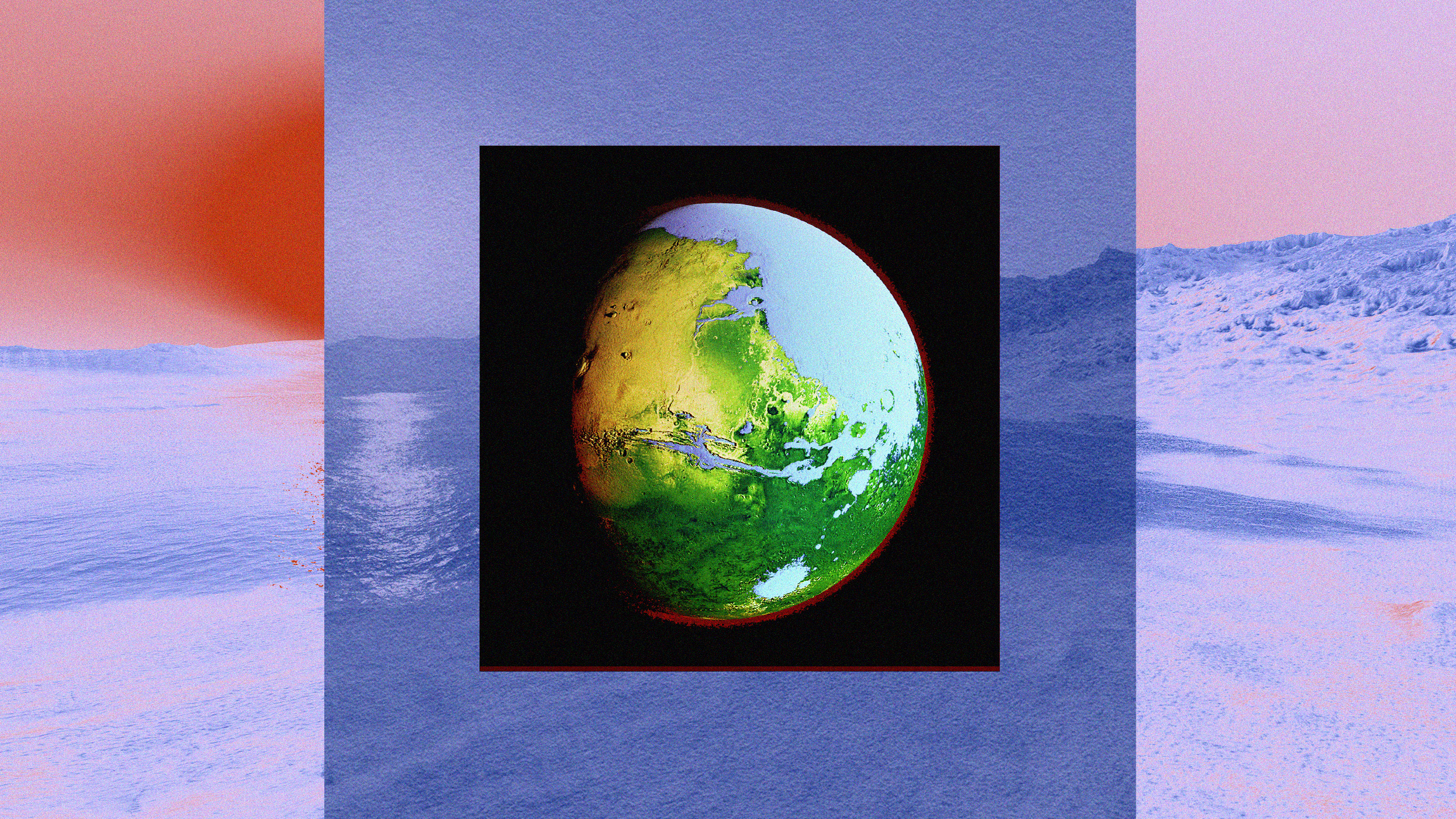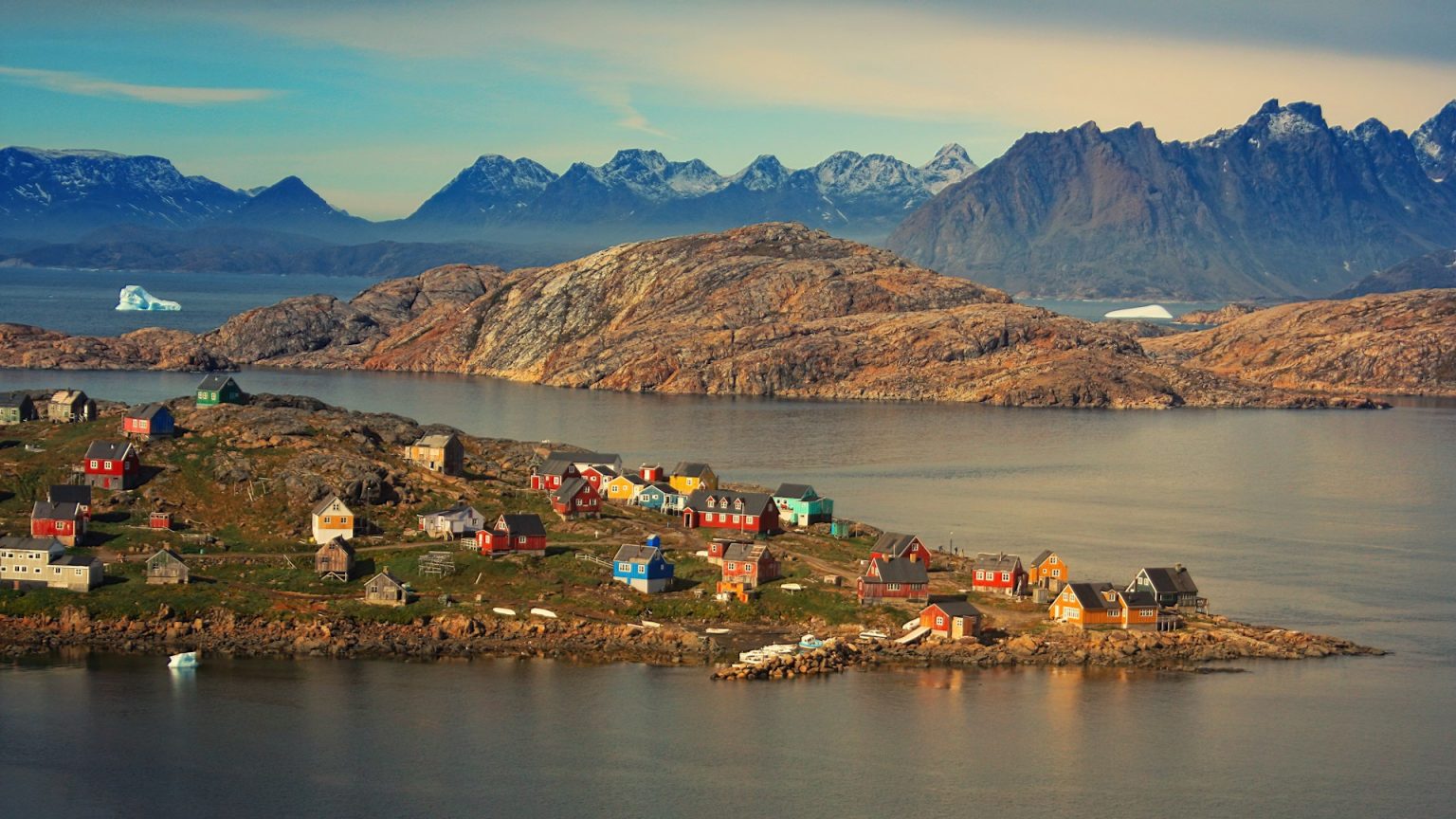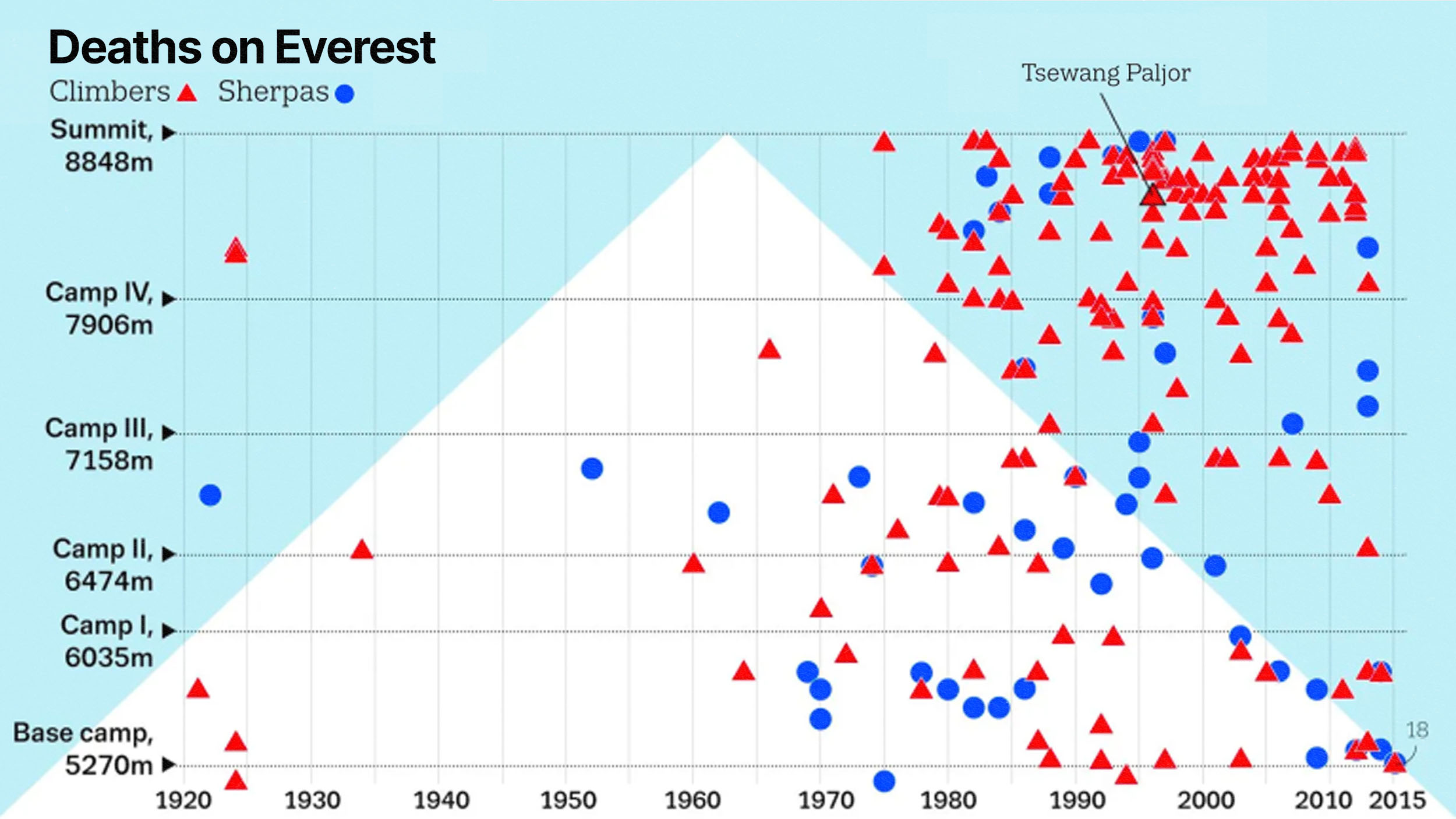earth science
A deep dive into missing data and the limitations of disaster databases.
Great tidal ranges are relatively rare on a global scale — and can be very deadly to the unsuspecting foreshore walker.
Caption:“At this time in Mars’ history, we think CO2 is everywhere, in every nook and cranny, and water percolating through the rocks is full of CO2 too,” Joshua Murray says.
A scientist’s first-hand account shows the world can tackle a global environmental crisis.
Think twice before stepping on that crunchy top layer of soil.
The laws of physics aren’t changing. But the Earth’s conditions are different than what they used to be, and so are hurricanes as a result.
The salinity of the oceans is not just a matter of taste. Saltier water behaves differently, too.
You could call this rectangle covering parts of Iran, Iraq, and the Arabian Peninsula the “Oven Window.”
In the 1970s, James Lovelock proposed that the biosphere was not just green scruff quivering on Earth’s surface. Instead, it managed to take over the geospheres.
Thanks to the Coriolis force, hurricanes never cross the equator.
The Moon is the most likely place for evidence from the dawn of life on Earth to be preserved in cold storage.
Northern lights in the American South, clusters of huge geomagnetic storms—the Sun is throwing a tantrum right on schedule.
Ancient currents seemed to move in concert with a 2.4 million-year dance between the Red Planet and Earth.
This may be the largest helium reservoir in U.S. history.
“I hope we take a mindset where we are willing to look for weird life in weird places.”
Explore how the study of exoplanets is transforming our understanding of ocean formation.
Across the subterranean United States, not all rocks were created equally.
Although human beings arrived on Earth just ~300,000 years ago, we’ve transformed the entire planet completely. Here’s how we did it.
For billions of years on Earth, life was limited to simple unicellular, non-differentiated organisms. In a mere flash, that changed forever.
Known as the Great Oxygenation Event, Earth froze over as oxygen accumulated in our atmosphere, nearly driving all life extinct.
Plagues, war, and genocide were literally frozen in time.
Volcanologists warn that magma-filled vents evolve over time, leading to an underestimation of the number that might erupt — especially those capable of the biggest explosions
No matter how you define the end, including the demise of humanity, all life, or even the planet itself, our ultimate destruction awaits.
In a recent paper, biologists outlined a three-part hypothesis for how all life as we know it began.
13.8 columnist Marcelo Gleiser reflects on his recent voyage to Earth’s last wild continent.
Meanwhile meteorite hunters rushed to Berlin to find this most rare space rock.
Until the Apollo missions, we had no idea how the moon got here, just a series of educated guesses. They rewrote the story of the moon’s origins.
Whenever someone waxes poetic about terraforming alien worlds, it’s worth taking a moment to consider the ethical implications of the proposal.
Scientists are working to map out the risks of the permafrost thaw, which could expose millions of people to the invisible cancer-causing gas.
The world’s highest mountain is also the world’s highest cemetery, with some bodies serving as creepy landmarks for today’s climbers.
